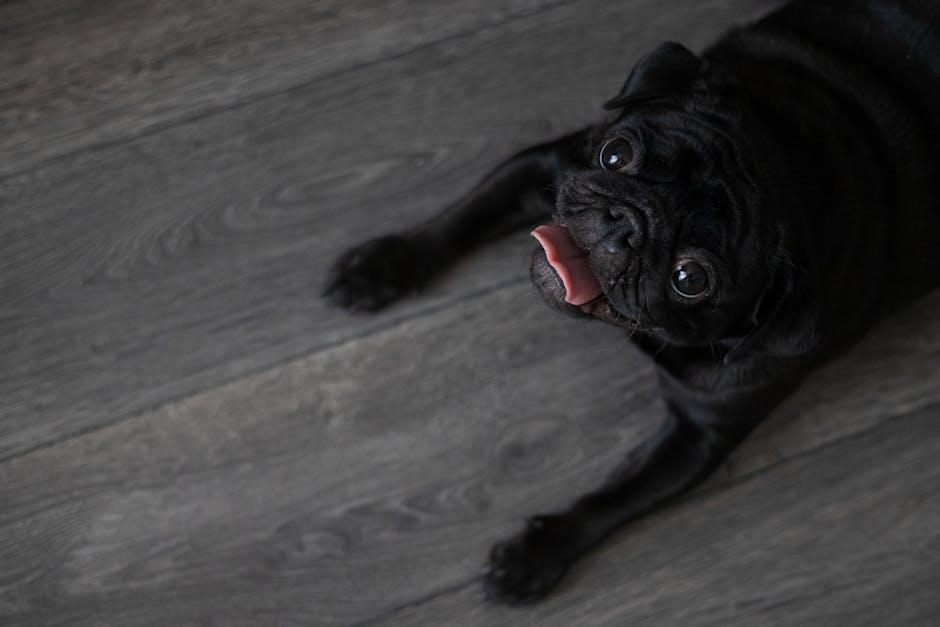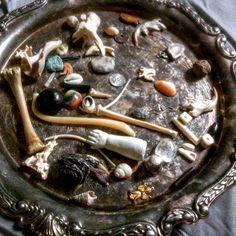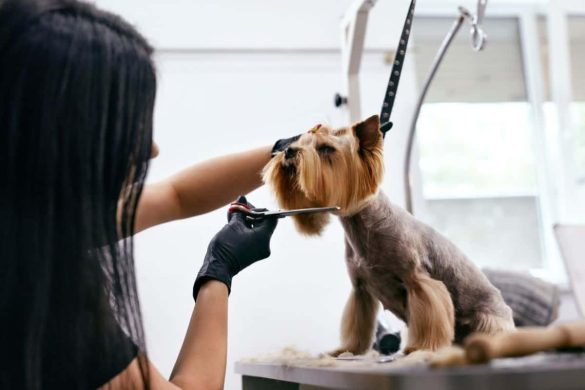When welcoming a new furry friend into your home, it’s easy to get swept up in the excitement of choosing the perfect companion. However, beneath those wagging tails and joyful barks lies an essential aspect of pet ownership that often goes overlooked: grooming. Understanding the grooming needs of different dog breeds is crucial not only for maintaining their health and happiness but also for ensuring a harmonious relationship between you and your pet. In this article, we will explore whether some dog breeds require more grooming attention than others and provide insights into what you can expect when it comes to keeping your canine companion looking and feeling their best. Whether you’re a seasoned dog owner or a first-time pet parent, this guide aims to equip you with the knowledge needed to make informed decisions and nurture a bond that thrives on care and understanding.
Identifying High-Maintenance Breeds and Their Unique Needs
When it comes to grooming, not all dog breeds are created equal. Some breeds require significantly more attention and care due to their unique coats, skin, or even temperament. Recognizing these high-maintenance breeds can help potential dog owners make informed decisions. Breeds such as the **Poodle**, **Shih Tzu**, and **Afghan Hound** are renowned for their grooming needs. For instance, Poodles boast a dense, curly coat that requires regular brushing to prevent matting, while Shih Tzus, with their luxurious, flowing hair, need frequent trims and daily grooming to maintain their appearance and health.
- Poodles: Require regular trims and brushing to avoid tangles.
- Shih Tzus: Need daily brushing and frequent grooming appointments.
- Afghan Hounds: Demand consistent grooming to maintain their elegant coats.
- Bichon Frise: Often need professional grooming every 4-6 weeks to maintain their coat’s signature look.
Understanding the grooming requirements of these breeds not only helps maintain their physical health but also their overall happiness. Regular grooming sessions can prevent skin issues, reduce shedding, and enhance the bond between pet and owner. Embracing the grooming needs of high-maintenance breeds can be a rewarding experience, provided one is prepared for the commitment involved.

Tailoring Grooming Routines to Suit Your Dogs Lifestyle
When it comes to grooming, not all dogs are created equal. Each breed has its own unique needs, and these needs can be influenced by the dog’s lifestyle. For active breeds that love the outdoors, regular grooming is essential to keep their coats clean and free from debris. **Breeds with long, flowing coats**, like the Afghan Hound or Shih Tzu, often require daily brushing to prevent tangles and matting. On the other hand, **short-haired breeds**, such as Beagles or Dalmatians, might only need a weekly brush to remove loose hairs and maintain a shiny coat.
For dogs that spend more time indoors or have sensitive skin, a gentler grooming routine may be appropriate. Consider using hypoallergenic shampoos and conditioners, and keep an eye on any skin irritations that might arise. Here are a few tips to tailor your dog’s grooming routine:
- Adapt to activity level: Dogs that love to run and play may need more frequent baths and nail trims.
- Consider coat type: Adjust brushing frequency based on whether your dog has a double coat, curly fur, or is prone to shedding.
- Monitor skin health: Regularly check for ticks, fleas, and skin irritations, especially after outdoor adventures.
Essential Grooming Tools and Techniques for Different Coat Types
When it comes to grooming, understanding the specific needs of your dog’s coat type is crucial. Each breed has unique grooming requirements, and having the right tools can make all the difference. Here are some **essential grooming tools** tailored for different coat types:
- Slicker Brushes: Ideal for dogs with long or curly coats, such as Poodles or Golden Retrievers. These brushes help detangle and remove loose fur without damaging the coat.
- Bristle Brushes: Perfect for short-haired breeds like Beagles or Boxers. They help distribute natural oils, giving the coat a healthy shine.
- Undercoat Rakes: Essential for double-coated breeds like Huskies or German Shepherds. These tools reach through the topcoat to remove dead undercoat hair, reducing shedding and preventing mats.
- Pin Brushes: Great for medium to long-haired dogs with fine hair, such as Spaniels or Afghans. They gently remove tangles and debris without pulling on the hair.
Besides tools, mastering the right **techniques** is key. For long-haired breeds, regular brushing is necessary to prevent mats and tangles, while short-haired dogs benefit from frequent baths to keep their coat fresh. **Trimming** is also crucial for certain breeds to maintain a neat appearance and ensure comfort. By aligning your grooming routine with your dog’s specific coat needs, you can keep your furry friend looking and feeling their best.

Expert Tips for Managing Grooming Time and Costs
When it comes to managing your furry friend’s grooming routine, a few expert strategies can help you save both time and money while keeping your pet looking their best. **Regular brushing** is a simple yet effective way to reduce shedding and prevent matting, especially for breeds with longer coats. Investing in quality grooming tools like a slicker brush or a de-shedding tool can make a significant difference in the ease of maintaining your dog’s coat.
Consider creating a **grooming schedule** that aligns with your dog’s specific needs. Breeds with fast-growing coats, like Poodles or Shih Tzus, may require more frequent professional grooming, while others might benefit from at-home trims between visits. Here are a few tips to keep in mind:
- DIY Bathing: Learn how to bathe your dog at home to cut down on salon visits.
- Regular Nail Trimming: Keeping nails short can prevent discomfort and costly vet visits.
- Ear and Teeth Care: Regular ear cleaning and dental care can prevent health issues and additional expenses.
Ultimately, understanding your dog’s grooming needs and incorporating these practices into your routine can lead to a healthier, happier pet without breaking the bank.

